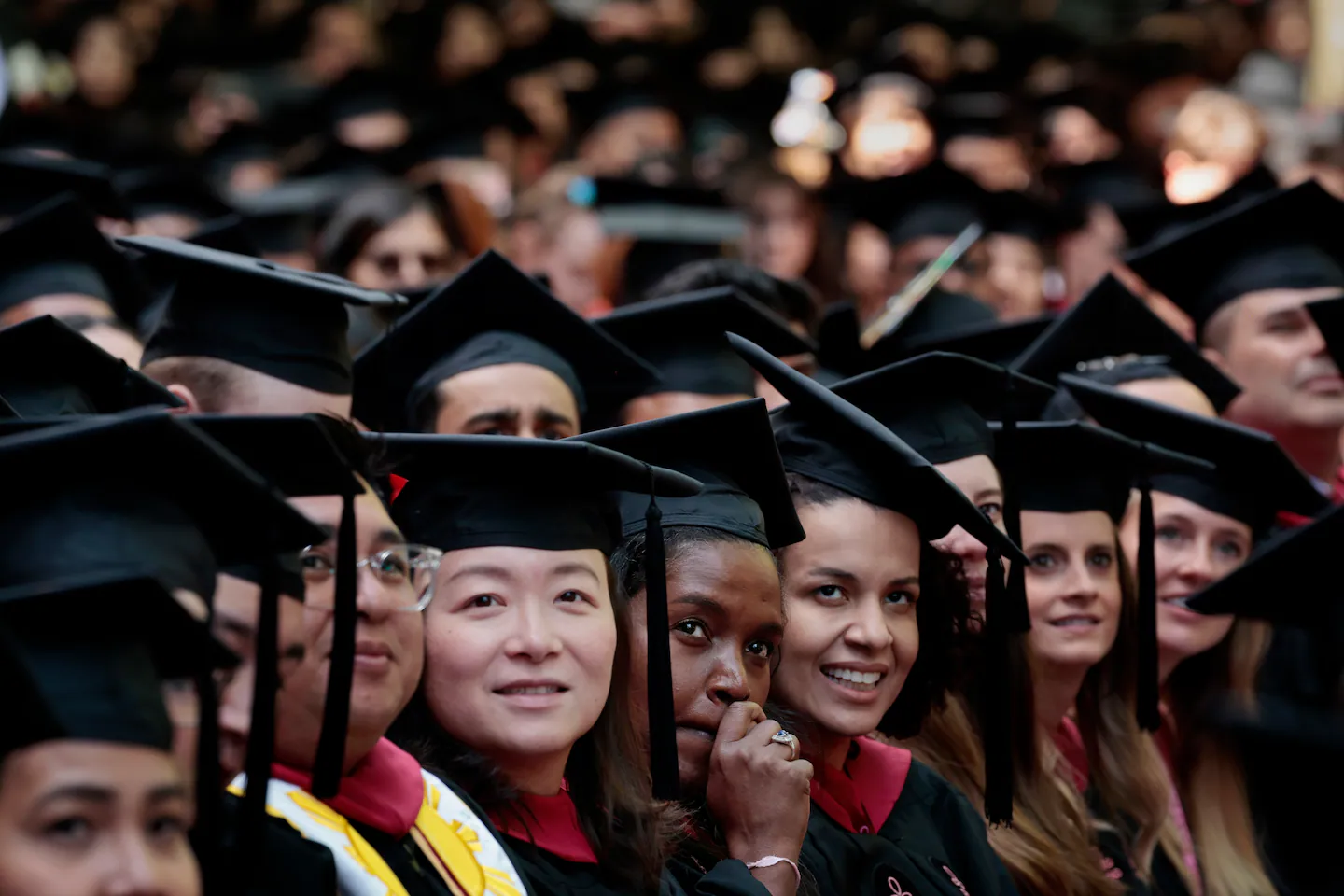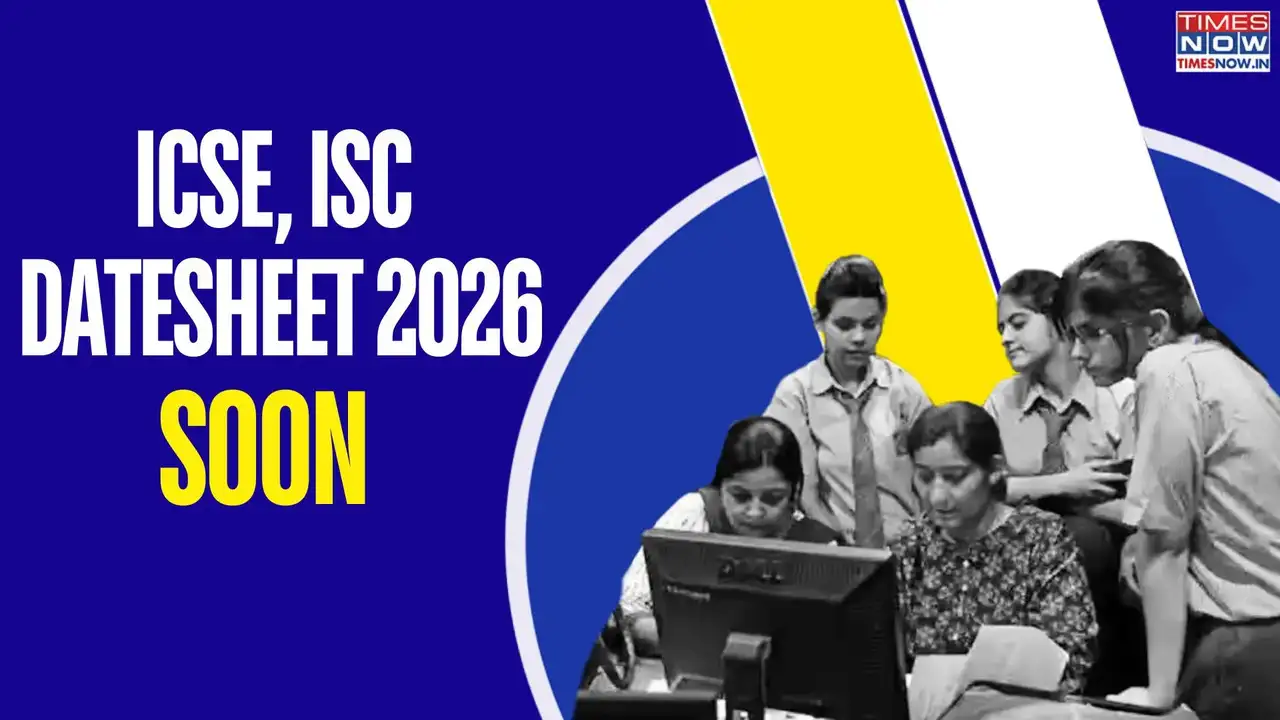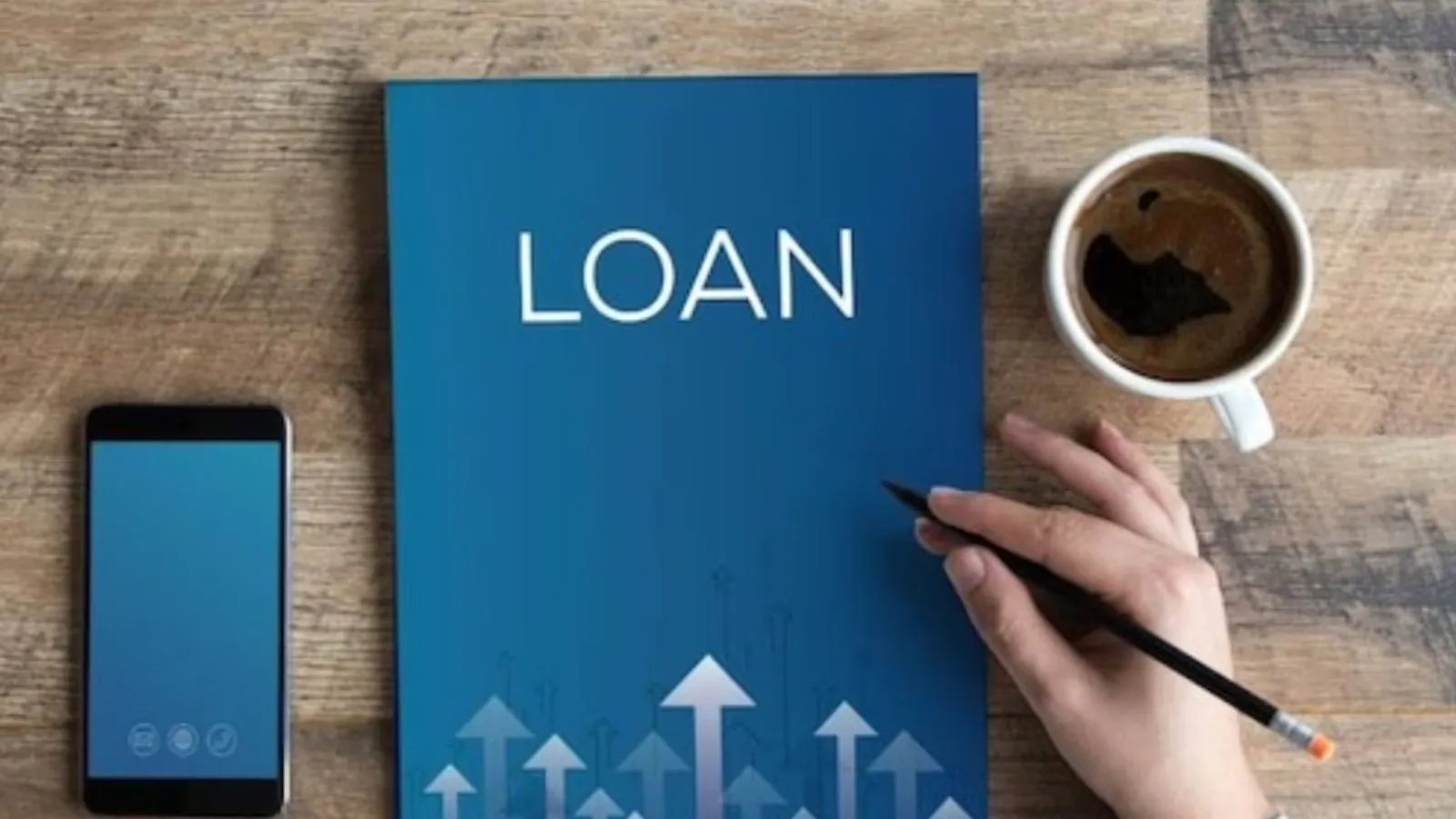Copyright The Boston Globe

It is an early indicator of how the end of affirmative action is affecting diversity at top colleges, even as fewer prestigious colleges publish their enrollment data this fall, experts said. But Harvard’s enrollment figures show, too, that its selectivity and prestige remain mostly unscathed amid its months-long battle with the White House, which has accused the school of tolerating antisemitism, scorning conservative ideas, and skirting the law by considering race in admissions. Negotiations for a deal are ongoing. Roughly 48,000 high school seniors applied for admissions last year; Harvard accepted about 4 percent of them, in line with years past. And 15 percent of the first-year students enrolled are from abroad, down from 18 percent last year. In the spring, the Trump administration threatened to ban international students from Harvard, though the effort was later blocked in court. The figures released Thursday only account for incoming first-year students and do not reflect Harvard’s graduate programs, where the bulk of international students are enrolled. “The Class of 2029 were drawn from big cities and small towns, suburbs and farms, and from nations around the world, and all students no matter where they’re from, where they went to high school or what their personal circumstances might be, were admitted to Harvard because they share the extraordinary potential to change the world,” William Fitzsimmons, Harvard dean of admissions and financial aid, said in a statement. Admissions data available from 18 elite colleges nationwide shows that such schools are witnessing similar demographic trends since affirmative action ended. Eleven schools, including Harvard, saw their Black student populations decline compared with averages from 2024. Ten of the 18 colleges saw increases in Asian enrollment in the same period. This was the first year since the COVID-19 pandemic that Harvard required applicants to submit standardized test scores. Some higher education watchers have questioned whether the testing requirement will lead to fewer students of color enrolling. In 2024, the share of Black first-year students at Massachusetts’ most competitive schools dropped 40 percent on average compared to two years prior, before the end of affirmative action, the Globe found. “The main trend line [is] that Black enrollment dropped at highly selective institutions. That seems to still be the case,” said James Murphy, a higher education data expert who works at the think tank Education Reform Now. “We haven’t seen any huge rebounds, despite a couple of places that ticked up a negligible amount.” Harvard’s Thursday announcement comes at a challenging time for university admissions offices. In August, President Trump dramatically expanded the scope of admissions data required of 1,700 schools across the country, asking for roughly 100 additional details on sex, race, test scores, grades, and graduation rates for accepted students and applicants alike over the last six years. And federal officials have said explicitly that they intend to use the data to clamp down on schools that give preference to race over academics in admissions. The Education Department wrote in a notice that the information would increase transparency and “help to expose unlawful practices″ at universities. But the move has spurred a fear of retribution among those in college leadership, who worry that sharing the number of Black or international students could throw them in the line of fire of the Trump administration. “Schools already struggle a little bit with what to share and when,” said Jon Fansmith, senior vice president for government relations at the American Council on Education. “Now they don’t want to step wrong.” If they do, Fansmith added, “the downside risk is enormous. If there are any errors, which they surely will be in a rushed process, colleges will be accused of trying to evade transparency or hide information. Or it may be misinterpreted or used against you.” In a survey conducted by two higher education professional organizations, 84 percent of the college leaders said their school does not have the resources to collect and process the data considering the expanded requirements; most said it would take between 250 and 499 hours of additional work. Now many schools have slowed reporting details even as seemingly routine as the demographics of their freshman class. By this time last year, at least 30 of the nation’s top 50 universities — including MIT and Boston University — had published demographic data, a Globe review found. So far this year, just 18 of those schools have. The new federal requirements have not pushed every institution to alter course. Smith College and the University of Massachusetts Amherst are among the schools that released data already, and Harvard published its figures a month later than last fall. Some universities may not post public data at all this year, higher education experts theorized. Within the Ivy League, Yale, Princeton, Columbia, Cornell, and now Harvard have published their 2025 enrollment figures; Dartmouth, Brown, and the University of Pennsylvania have not. The downturn in students of color among elite colleges aligns with the federal government’s reformist vision for higher education, some experts say, and mandating more data could give the White House more ammunition to bend schools to its will. “This administration is trying to go after institutions that for the most part are enrolling more Black and brown students,” said Sean Robins, director of advocacy at the National Association for College Admission Counseling. The new enrollment data requirements are “a part of that anti-DEI campaign.” Meanwhile Harvard on Thursday pointed out its continued commitment to first-generation and lower-income students. One in five first-year students are the first in their family to attend college, steady from last year. And almost half of Harvard’s freshman class is attending tuition-free, part of a commitment the university made in March for students whose families earn below $200,000 annually. “Even amid shifting economic realities, our commitment to access and opportunity remains unwavering. That nearly half of this class will attend Harvard tuition-free fills me with immense pride and optimism for the future they will help shape,” Hopi Hoekstra, dean of the faculty of arts and sciences, said in a statement.



